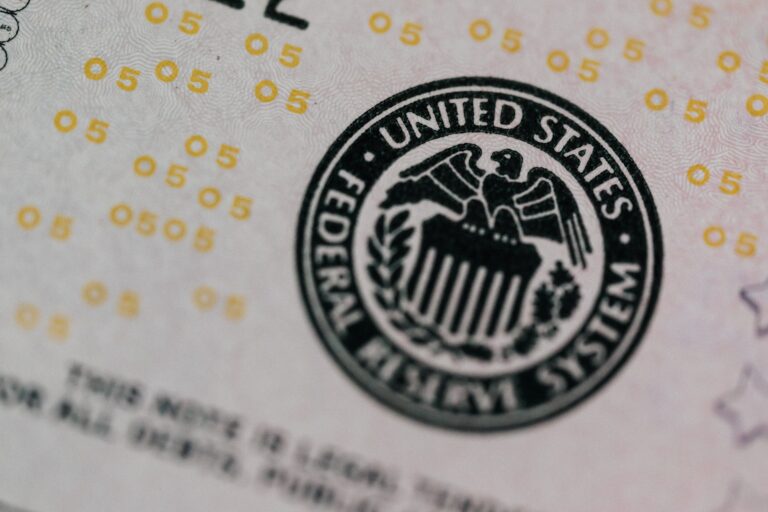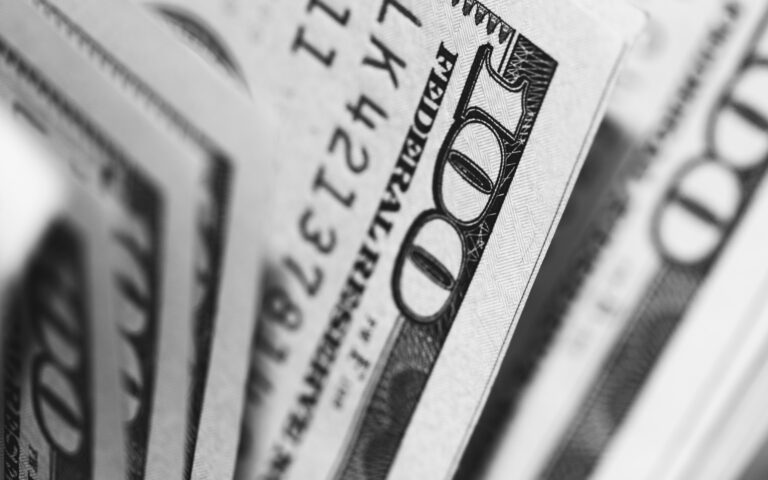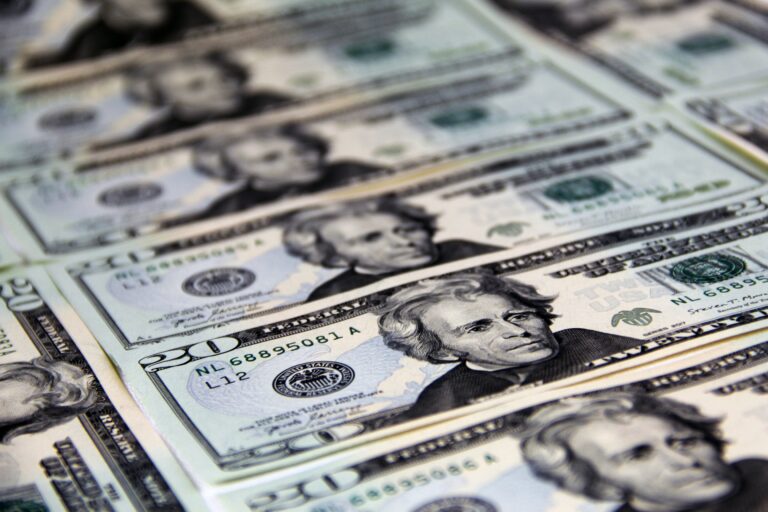
Federal Open Market Committee
Discussion and Analysis by Charles Porter:
Foreign exchange markets were eagerly awaiting yesterday evening, 19:00 BST. At this time, the highly anticipated Federal Open Market Committee was scheduled to publish their decisions regarding the United States’ (US) monetary policy. The Fed’s decision to normalise their heavy balance sheet was unanimous. The gradual withdrawal of Quantitative Easing (QE) will begin next month, in October. The controlled reduction of the balance sheet will amount, initially, to $10bn to moderate the reaction of treasury, equity and forex markets.
The program of QE within the US has led to an imbalance upon the Fed’s balance sheet of around $4.5 Trillion. Within the US, the plan is orientated towards government Treasuries and private Mortgage Backed Securities. The presence of a QE program exaggerates the accommodative and loose monetary policy provided by low interest rates. Thus, a curtailment, or tapering, of the QE program is the first, and crucial, step towards normalising monetary policy.
The Fed was widely expected to announce a deleveraging of the balance sheet. However, there were still concerns that low inflation within the US economy and an advancement of the more dovish members within the Committee may prevent imminent tapering. These doubts were partially allayed by the strong economic growth, measured by Gross Domestic Product, that the US has secured.
The relationship between monetary policy and the exchange rate, when the latter does not fall within the toolbox of the former, is unequivocal. A tightening of monetary policy, provided that it is received as a pragmatic and appropriate response by the markets, will generate two aggregate effects, both of which appreciate the domestic currency. Firstly, a tangible pecuniary mechanism will appreciate the currency. Secondly, a more normative confidence and expectation-based mechanism will increase the value of the currency.
The interest rate reflects the cost of borrowing money, for example, to finance investment. However, the rate of interest also reflects the reward for saving, and not spending, money. Therefore, when interest rates rise, holding the currency becomes more rewarding. This in turn generates an incentive for money to flow towards the rate-hiking economy. If the flow of capital is moving into the domestic currency, in this case Dollars, then the increased money demand increases its price.
Although not an interest rate, the QE policy instrument increases the money supply by effectively, although not physically, printing money. Raising the money supply in theory can stimulate the economy. However, it does force down the rate at which money supply and demand clear, thereby decreasing the value of the currency. The cessation or curtailment of QE therefore raises the equilibrium rate of the currency pair, representing an appreciation of the currency.
Emerging from the Great Recession, any tightening of monetary policy signals a successful national recovery and a healthy economy. This is a more normative and soft force that appreciates the currency. Because monetary policy is exceptionally loose across the developed world, a normalisation and tightening of monetary policy signals an emergence from the Crisis.
Unsurprisingly, therefore, the US Dollar, performed strongly following the Committee’s publication. The graph below shows the extent of the revaluation of the Dollar against the Euro. The percentage change from maximum to minimum is in excess of 1 percent. The gains made by the Dollar have been eroded slightly throughout trading hours today, particularly within Sterling. However, considerable upside risk coupled with strategic timing could save a lot of money on currency transactions.

Graph of EURUSD: Exchange rate of the Euro in US Dollars. The appreciation of the Dollar was seen across other currency pairs too. The gains against the Euro yesterday evening exceeded 1%. The pricing in of the monetary policy adjustment was gradual.
Related Insights

Daily Brief – Weak foundations
Weak foundations After a rally of around 15% year to date, there is significant cognitive and technical room for consolidation within EURUSD. Implied volatility has been rising given the macroeconomic backdrop that markets have encountered this year. Even within such an environment, a 15% rally in the market’s most traded instrument is still enormous. But […]

Daily Brief – Weren’t Tariffs USD Negative?
Weren’t Tariffs USD Negative? The Dollar proved sensitive to headlines regarding trade during the US overnight session. However, contrary to what many commentaries would have you believe, as the risk of tariffs escalated the Dollar rose. The 90-day pause following Trump’s April ‘liberation day’ tariffs had been set to expire this coming Wednesday. To the […]

Daily Brief – Dollar Reserves
Dollar Reserves With the passing of Trump’s original deadline for the reimposition of liberation day tariffs yesterday, markets have breathed a sigh of relief. July VIX futures continued to slide lower. Moreover, what may surprise anyone who had been expecting the issue of tariffs to resurface following the passing of Trump’s new deadline, so too […]


 Charles Porter
Charles Porter